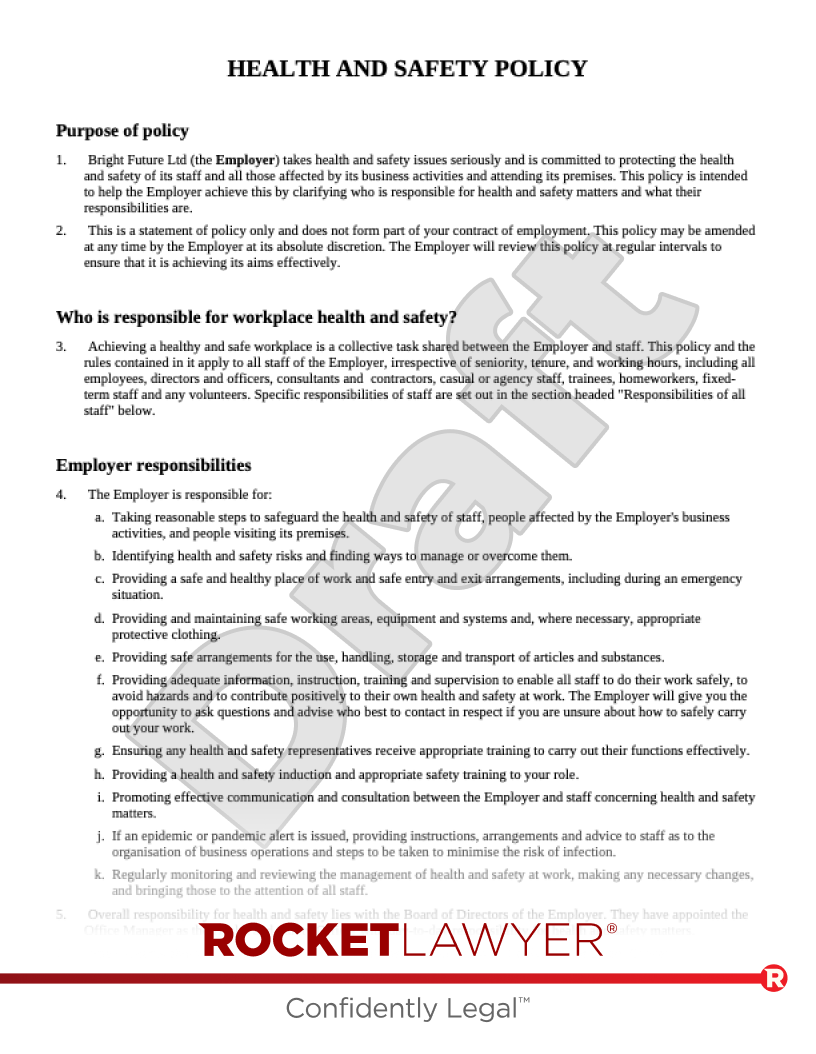Legal requirements for electrical safety
Almost every business uses some electrical appliances, and the law covers everything from your computers to your kettle. The Electricity at Work Regulations 1989 outline how electricity should be used in the workplace and how to make sure that your electrical equipment is safe to use.
These Regulations place a duty of care firmly on the shoulders of the employer, but also show that some degree of responsibility must be taken by people such as employees and contractors.
The Regulations state that employers must ensure that all electrical systems have been made and installed in a way that prevents danger. Employers must also ensure that employees do not do anything that might cause danger when operating anything electrical.
The Regulations also make it clear that employers must ensure that the equipment that they provide to protect people from electrical hazards is fully maintained and used as it should be. Employers also have a responsibility to make sure that the capability of any electrical equipment is not exceeded.
As part of the Regulations, all employers have a legal duty to make sure that any portable electrical equipment is in a safe condition. This is considered to be anything that has a cable and a plug and which can be disconnected from its power supply and moved, rather than anything that is hard-wired into the wall. This might include computers, printers, lamps, fans, phone chargers, microwaves, and fridges, to name just a few examples. The Health and Safety Executive (HSE) recommends that ensuring this equipment is in a safe condition is done through Portable Appliance Testing (ie PAT testing).
PAT testing
Portable Appliance Testing checks the safety of electrical appliances, for example, those in an office. PAT testing helps employers to make sure that they are meeting their legal obligations where electrical safety is concerned.
During a PAT test, a qualified person will carry out a visual inspection of all of your electrical appliances, including aspects such as the plug and lead. Any equipment that relies on the presence of an earth conductor (ie a Class 1 appliance, like an electric kettle) will have test signals injected into the cable and the appliance to ensure that it is safe.
Once your PAT testing is complete, you will receive a full report of what has been done. This will include a full inventory of the appliances, including their locations and descriptions, and a full set of test results for each item. There will also be a full list of any items that have failed and an explanation as to why this has happened. A pass or fail label will also be attached to each item with details of when the next inspection is due and the signature of the inspector.
Keeping your workplace safe is not only a legal obligation but also one of the most important things that you can do. The process of PAT testing is an easy and effective way to make sure that any electrical equipment that you use is as safe as possible and that your business is compliant with health and safety laws.
What are the main electrical hazards in offices?
There are various electrical hazards that employees and others present in office environments may be affected by. However, most incidents and injuries that occur in offices can be traced back to:
-
faulty or defective equipment
-
unsafe installations of electrical equipment
-
misuse of electrical equipment (eg extension cords, power strips, and surge protectors)
What should office workers and employers do to ensure electrical safety?
In addition to the requirements set out above, employers should encourage anyone working in an office to follow certain ‘do’s and don’ts’ to ensure their electrical safety.
Some of the practical steps (ie ‘do’s’) employers and office workers should consider are:
-
switching off appliances when they are not in use
-
inspecting cables and equipment regularly and reporting any faults or issues straight away (eg persistently overheating laptops)
-
unplugging and turning off electrical equipment before carrying out repairs or servicing
-
stopping the use of equipment if it feels too hot or sounds strange (eg unnatural buzzing or whirring)
At the same time, employers and office workers should not:
-
overload power outlets
-
plug multiple extension cords into another
-
run cables in areas where they act as a tripping hazard to others
-
use electrical equipment in areas where it’s likely to get wet
-
unplug or plug in electrical equipment with wet hands
-
leave wires or other electrical components exposed
-
use power outlets that are damaged or sparking
For more information about workplace health and safety compliance, read Health and safety. If you’re an employer, consider creating a written Health and safety policy to help your organisation comply with stringent health and safety regulations.





